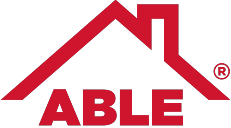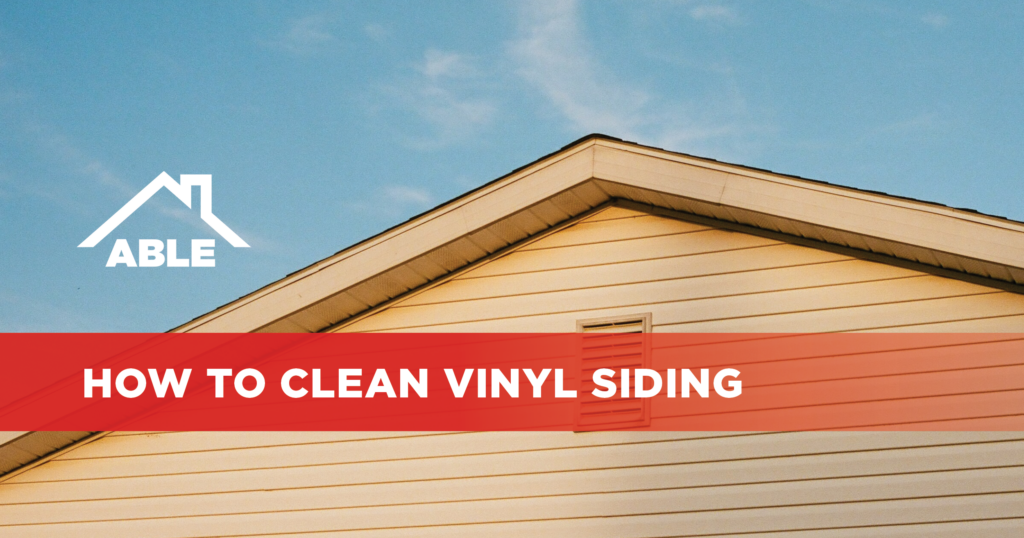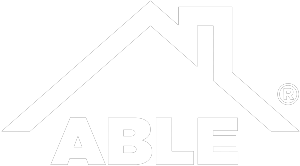Vinyl siding is one of the most popular options for home exteriors in the United States. In fact, almost 30% of new homes built across the country feature vinyl siding. It’s affordable, very durable, and available in a wide variety of textures and colors to fit different design schemes. While it’s generally easy to maintain and will last several years with proper care, it’s important to know how to clean vinyl siding the right way. Keeping your vinyl siding clean will preserve it and ensure it continues to protect your home and look great for years to come.
As spring arrives in your area, make sure cleaning your vinyl siding has a place on your spring-cleaning to-do list. It doesn’t take long thanks to the fact that vinyl siding is very easy to clean, and the proper tools and techniques will ensure you don’t cause any unintentional damage as you clear away accumulated dirt and grime.
Why it’s important to clean your vinyl siding
Your vinyl siding protects your home, and over time it will naturally accumulate dirt, dust, pollen, and many other unwanted substances. The chemicals used to treat your lawn and protect your home from weeds and pests can also cause damage and discoloration. If certain parts of your home receive more sun than others, the darker areas will naturally accumulate more moisture and be more susceptible to mold and mildew growth. Keeping your vinyl siding clean will ensure it keeps working as intended, protecting your home from water damage and other issues for as long as possible.
Proper tools for cleaning vinyl siding
Before you start cleaning your siding, it’s a good idea to refer to the manufacturer’s suggested cleaning methods. Vinyl siding has an outer coating that protects it from the elements and using the wrong cleaning agents or overly powerful cleaning tools can damage this coating, eventually causing much more harm than good.
The Vinyl Siding Institute recommends using a standard soft-bristled brush with a long handle or soft cloth to clean vinyl siding. If you have a brick siding layer under where your vinyl siding starts, cover it with a painting tarp or plastic sheeting to protect it from absorbing runoff as you clean the vinyl siding.
When it comes to the cleaning solution to use for your vinyl siding, a simple mixture of 70% water and 30% vinegar can get the job done without introducing harmful chemicals to your siding. If you need a stronger cleaning agent, start with a gallon of water, and add one-third of a cup of powdered laundry soap, two-thirds of a cup of powdered household cleaner, and one quart of liquid laundry bleach. You can also use Simple Green for an environmentally friendly cleaning agent or household cleaners like Lysol, Murphy’s Oil Soap, or Windex.
If you use a brush or cloth, start from the bottom, and work your way up to the top of the siding. Apply your cleaning agent with gentle brushing motions to scrub away any accumulated dirt and grime, and then rinse the cleaned area completely to prevent it from streaking. This may seem counterintuitive, as many would assume it would make more sense to start from the top and allow the runoff to wash over the lower areas. However, this tends to build up quickly, and you will clean more evenly and thoroughly if you start from the bottom and wash a few sections at a time before working your way up the side of the house.
Can I use a power washer?
Many homeowners would naturally think that power washers are ideal for cleaning vinyl siding. However, it’s essential to check with the manufacturer of your vinyl siding before using a power washer. Some manufacturers do not recommend using power washers for their siding products at all, while others have pressure limits for their siding. If you accidentally exceed these limits you could strip away the outer layer of the siding, cause discoloration, or otherwise damage the siding.
If your vinyl siding is suitable for power washing, use a lower pressure setting and work at either an eye-level angle or from the top angled down toward the siding. If you angle upward, you risk forcing water behind the siding panels. If you notice lots of grime and debris stuck in the gaps of your siding, it’s probably best to stick with a soft cloth or soft-bristled brush and then carefully rinse the cleaned area.
This guide should help you keep your vinyl siding looking and performing its best each year. If you encounter a problem with your siding or there’s an issue that is too high up for you to inspect safely, contact Able Roof for professional assistance.








